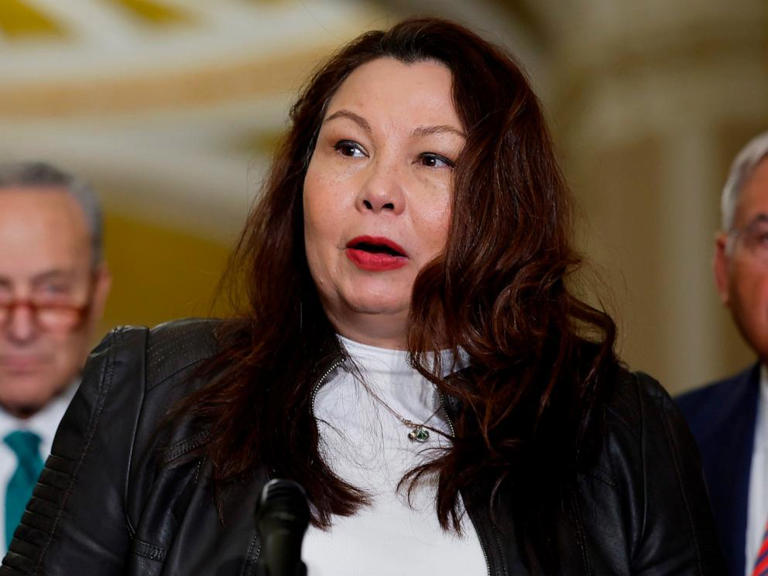Story by Jenni Reid
The German central bank on Friday reported an annual distributable profit of zero, after it released 19.2 billion euros ($20.8 billion) — the entirety of its provisions for general risks — and 2.4 billion euros from its reserves.
"The Bundesbank can bear the financial burdens, as its assets are significantly in excess of its obligations," Bundesbank President Joachim Nagel said at a news conference.
The ECB on Thursday posted its first annual loss since 2004, of 1.3 billion euros, even as it also drew on its own risk provisions of 6.6 billion euros, as higher interest rates hit central banks' securities holdings.

Joachim Nagel, president of Deutsche Bundesbank, during the central bank's
Losses incurred by the German central bank rocketed into the tens of billions in 2023 due to higher interest rates, requiring it to draw on the entirety of its provisions to break even.
The Bundesbank on Friday reported an annual distributable profit of zero, after it released 19.2 billion euros ($20.8 billion) in provisions for general risks, and 2.4 billion euros from its reserves. That leaves it with just under 700 million euros in reserves, the central bank said.
Net interest income was negative for the first time in its 67-year history, declining by 17.9 billion euros year on year to -13.9 billion euros.
"We expect the burdens to be considerable again for the current year. They are likely to exceed the remaining reserves," Bundesbank President Joachim Nagel said at a news conference.
The central bank will report a loss carryforward that will be offset through future profits, he said.
Bundesbank's Nagel: There is strength in the German economy
Nagel added: "The Bundesbank's balance sheet is sound. The Bundesbank can bear the financial burdens, as its assets are significantly in excess of its obligations."
The German central bank — and many of its peers — have significant securities holdings exposed to interest rate risk, which have been significantly impacted by the European Central Bank's unprecedented run of rate hikes.
The ECB on Thursday posted its first annual loss since 2004, of 1.3 billion euros, even as it also drew on its own risk provisions of 6.6 billion euros. It follows the euro zone central bank's near decade of financial stimulus, printing money and buying large amounts of government bonds to boost growth, which are now requiring hefty payouts.
The central bank of the Netherlands on Friday reported a 3.5 billion euro loss for 2023.
Central banks stress that annual profits and losses do not impact their ability to enact monetary policy and control price stability. However, they are watched as a potential threat to credibility, particularly if a bailout becomes a risk, and they impact central banks' payouts to other sources.
In the case of the Bundesbank, there have been no payments to the federal budget for several years and, it said Friday, there are unlikely to be for a "longer" period of time. The ECB, meanwhile, will not make profit distributions to euro zone national central banks for 2023.
Nagel further said Friday that raising interest rates had been the right thing to do to curb high inflation, and that the ECB's Governing Council will only be able to consider rate cuts when it is convinced inflation is back to target based on data.
On the struggling German economy, he said: "Our experts expect the German economy to gradually regain its footing during the course of the year and embark onto a growth path. First, foreign sales markets are expected to provide tail winds. Second, private consumption should benefit from an improvement in households' purchasing power."























